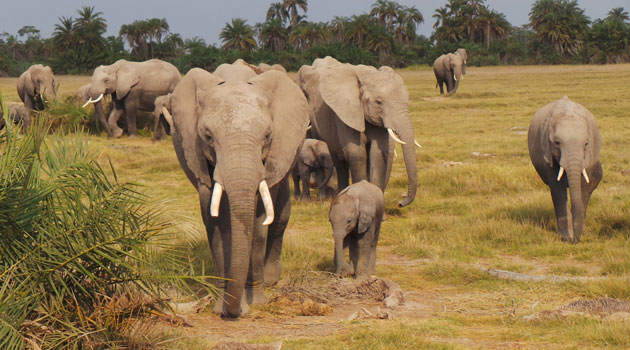Conservationists across Kenya have greeted the recent release of Kenya’s first National Wildlife Census 2021 Report with joy. It’s for a good purpose, too.
The findings revealed a huge increase in the population of wild animals.
The figures, which include buffaloes, rhinos, zebras, and lions, pay tribute to the government’s conservation efforts aimed at preserving Kenya’s unique biodiversity.
The good news of a growing animal population, particularly elephants, has been met with fear and apprehension by artisanal farmers in Taita-Taveta County, who are still unsure what the increase in elephant numbers means for them. ‘
Mr. Elijah Mwanjala is an artisanal farmer in the Mwatate sub-Landi county’s district.
A herd of elephants paid him a nighttime visit a fortnight ago at midnight. They’d gotten away from a nearby ranch.
He was completely asleep at the moment when the horrifying sound of a quivering house and the ripping sound of a roof being torn apart shocked him awake.
The elephants sipped sugar from a bowl and munched half a bag of simsim and maize grains he had kept after his harvest after tearing loose one edge of the roof.
The jumbos were satisfied and rambled off into the night, leaving the farmer shivering in the corner.
Tsavo’s jumbo population was 11,217 people according to the 2014 census. By 2017, the total number of people had risen to 12,866.
With a population of over 14,000 people, it is widely expected that the population will continue to expand.
The increase in numbers is good news for the tourism industry and biodiversity advocates. On the other hand, there’s a chance that human-wildlife conflict will increase in certain regions that are considered conflict hotspots.
Kasighau, Mbololo, Maungu, and Sagalla in Voi; Kishushe in Wundanyi; and Maktau and Bura in Mwatate are all considered troublesome zones in Tsavo. Elephant invasions are only infrequently reported in the Taveta sub-county.
